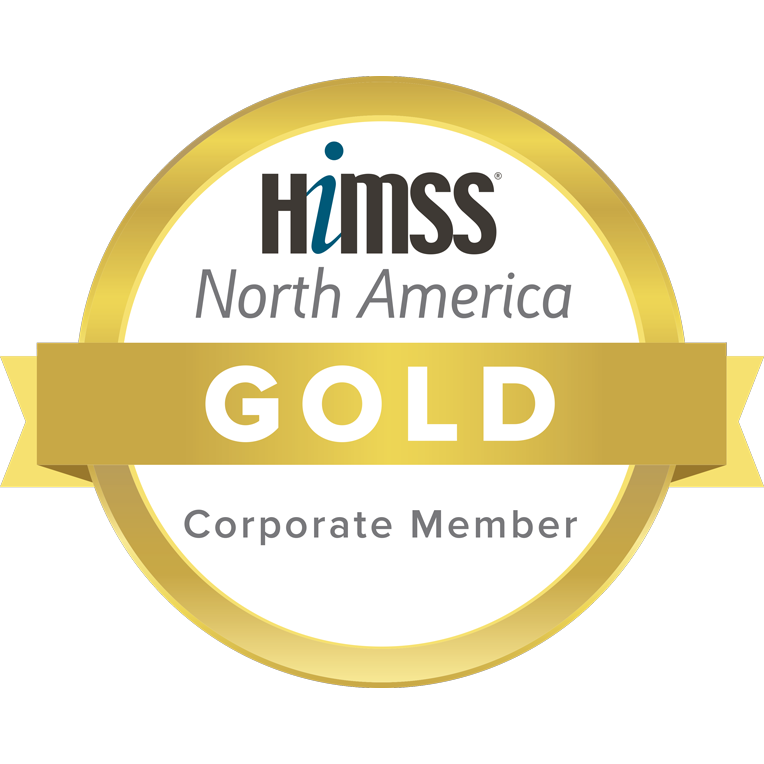How to Win Culture & Cut Costs
A new year signals a fresh start, and for many leaders, it ushers in a time to strategize on ways to enhance processes and protocols for the organization. In the world of healthcare, particularly IT staffing, we are long overdue for some changes. In symplr’s 2022 Compass Survey, 40% of respondents said that financial pressure is the top threat organizations will face in 2023, followed by clinician burnout/staffing challenges (31%).
I believe that these findings paint a clear picture of the predicament many CIOs and CEOs find themselves in at the start of a new year—the rising cost pressures and the battle for talent represent what I call the cultural war for engagement. While there’s no quick fix for winning this battle, I do feel strongly that healthcare systems that are intentional in their approach will rise above the rest. Read on for three strategies I recommend for elevating your organization to the highest level in the cultural war for engagement.
Strategy #1: Set the Standard
In 2019, most consultants in the field were onsite Monday through Thursday. Regardless of the type of project (i.e., EHR implementation, help desk support, etc.) it was expected that the consultant would be boots on the ground week in and week out until the project was done. Flash forward to today, and that’s not the case. Most, if not all, projects are managed remotely—frequently from states away. Sometimes, it’s necessary for the consultant to be onsite for the project kickoff or periodically for support check-ins, but the vast majority can be handled using a hybrid model.
Unfortunately, despite advancements in technology and remote work, there isn’t a clear engagement strategy for consultants. Take the onboarding process as an example. Much of this today takes place via Zoom or some other website platform. There’s no “first-day team lunch” to introduce new hires to the team. Progress check-ins at the 30, 60 and 90-day mark are all done remotely. In some cases, it takes months (sometimes longer) for workers to meet face-to-face.
While there is nothing technically wrong with remote work, there is much that can be done to make it more seamless and personal for employers and new hires alike. Whether it’s encouraging remote employees to pursue wellness through a 30-day fitness challenge or having casual conversations about life and family that are non-work centric, find what works for you and your team to keep the lines of communication open.
Strategy #2: Identify your Core Competencies
Critical to an organization’s success is establishing upfront what your core competencies are. Some organizations might be really skilled in day-to-day operations. Their front-of-house operations (i.e., patient check-in, registration, pre-op) are solid, but they might need some work on the back-end processes to keep operations running smoothly (i.e., billing, counseling, payment and follow-up, collections, etc.). Other organizations might have an exceptional strategic plan and strong processes in place to achieve long-term growth, but their day-to-day needs serious help.
Whatever this looks like for your organization, own it and don’t hesitate to ask for help. I have a lot of empathy for CIOs and CEOs right now as they are constantly figuring out how to do more with less. The demand for services has never been higher but unfortunately, there are fewer and fewer levers to pull.
Identifying core competencies and outsourcing the rest via staffing or managed services allows leaders to intentionally cultivate the culture that they want to see in their organization. It takes pressure off of an already overworked internal team and in the process allows those employees to practice at the top of their license, while splitting up other tasks for SMEs who have years of tenure in those specific areas. The results are mutually beneficial for both the organization and the patients receiving care.
Strategy #3: Know Better, Do Better
Maya Angelou famously said: “Do the best you can until you know better. Then, when you know better, do better.” The same can be said for those in our industry. As we continue to ride out these endemic days, it’s important to not lose sight of all that the pandemic taught us:
- Telehealth saw a huge boom (S. Government Accountability Office)
- Remote work tripled between 2019 and 2021 (S. Census Bureau)
- The labor market is still hot (S. Bureau of Labor Statistics)
The new year is a great time to diversify the talent pool at your organization while continually fostering a culture of innovation and agility. Burnout and disengagement are hurdles but they don’t have to get the final word. When well-being is considered, better outcomes follow. From all of us at iMethods to you—we hope 2023 is your best year yet!


